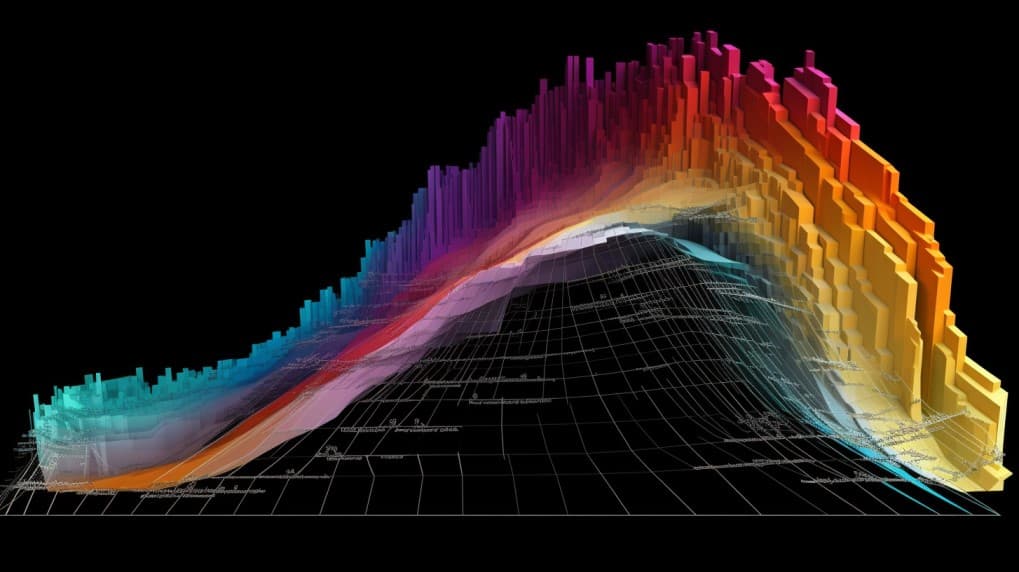
QQQ VS IHAK
Exchange-Traded Funds (ETFs) have transformed the way investors approach the financial markets, offering diversified exposure to various sectors and asset classes. In this article, we will conduct an in-depth analysis of two prominent ETFs: QQQ (Invesco QQQ Trust) and IHAK (iShares Cybersecurity and Tech ETF). We will explore crucial aspects such as ETF tickers, full names, issuers, sectors, top holdings, capitalization, strategy, tracking, and exposure.
QQQ Vs IHAK: Overview
QQQ and IHAK represent two distinctive investment opportunities within the technology sector. QQQ is designed to track the performance of the Nasdaq-100 Index, which includes 100 of the largest non-financial companies listed on the Nasdaq Stock Market. On the other hand, IHAK targets the cybersecurity and technology industry. By comparing these ETFs, investors can better understand the specific sectors they focus on and the potential risks and rewards associated with each.
QQQ Vs IHAK: Sectors and Top Holdings
QQQ's underlying index encompasses sectors such as technology, communication services, and consumer discretionary. This ETF's top holdings include technology giants like Apple, Microsoft, and Amazon. In contrast, IHAK centers its holdings on companies operating in the cybersecurity and tech domain, with prominent names like CrowdStrike Holdings and Zscaler. Recognizing the sectors and top holdings aids investors in aligning their investment goals with the ETF that resonates most with their strategies.
 QQQ overlap QQQ VS IHAK
QQQ overlap QQQ VS IHAK
QQQ Vs IHAK: Capitalization and Strategy
QQQ boasts a substantial asset under management (AUM), underscoring its popularity among investors seeking exposure to the growth potential of tech giants. Its strategy involves mirroring the Nasdaq-100 Index's performance, which has historically exhibited robust growth. In contrast, IHAK's strategy revolves around cybersecurity and tech companies, tapping into the increasing demand for digital security. The differences in capitalization and strategy contribute to varying risk and return profiles, demanding careful consideration from potential investors.
QQQ Vs IHAK: Tracking and Exposure
QQQ aims to replicate the Nasdaq-100 Index's performance by investing in the same constituents. This method provides investors with exposure to the technology and related sectors. IHAK's focus on cybersecurity and tech translates into exposure to companies specializing in safeguarding digital environments. By understanding these tracking and exposure methodologies, investors can make informed decisions based on their risk tolerance and growth expectations.
Conclusion
QQQ and IHAK offer distinct avenues for investors to capitalize on the evolving tech landscape. Whether one seeks to tap into the growth of established technology giants or the security needs of the digital age, these ETFs cater to specific niches within the sector. For those keen on exploring the nuances of holdings, correlations, overlaps, and other insights, the ETF Insider emerges as the ultimate tool. With its user-friendly app, it empowers investors with comprehensive information about these ETFs and other financial instruments.
Disclaimer: This article does not provide investment advisory services.
Sources:
QQQ quote and analysis
Discover the top holdings, correlations, and overlaps of ETFs using our visualization tool.
Our app allows you to build and track your portfolio.
To learn more about the QQQ Invesco QQQ Trust, access our dedicated page now.
FAQ
Why is QQQ better than IHAK?
QQQ may be considered better than IHAK for some investors due to its specific focus, offering diversification.
Does IHAK beat QQQ?
IHAK's performance relative to QQQ will vary over time, depending on market conditions.
Should I invest in QQQ or IHAK?
The choice between QQQ and IHAK should align with your investment goals, risk tolerance, and desired exposure.
Are QQQ and IHAK good investments?
Both QQQ and IHAK can be suitable investments depending on individual investment strategies, goals, and risk profiles.
What is the correlation between QQQ and IHAK?
The correlation between QQQ and IHAK can vary over time, reflecting differences in performance.